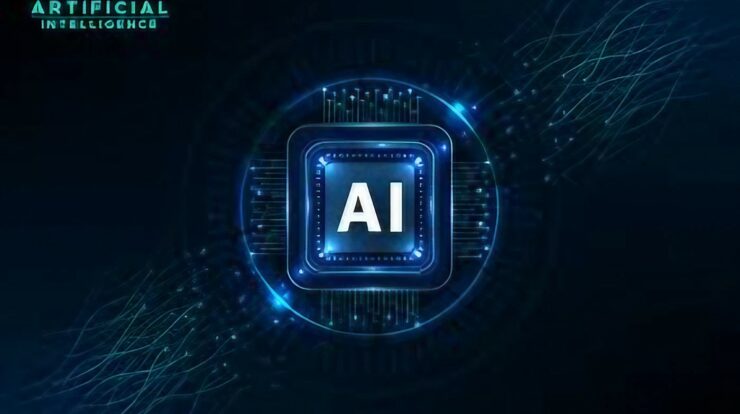
Before Covid19 first appeared, the world was still leading a normal life. At that time, the education sector was more focused on face-to-face classes than on digital learning (eLearning). However, this highly contagious virus forced governments to close educational institutions which resulted in more than one billion affected students in more than 130 countries. This is how the world turned to digitized learning, which, it seems, is here to stay.
We should keep in mind that these technologies are quite new and that their potential for change is so great that it is not yet possible to predict how it will alter education in general. If used properly, such advancements appear to have the ability to significantly enrich teaching, learning, and school management.
Some of the technological changes more likely to happen in the near future are:
- Mobile / blended learning: Mobile learning or m-learning is a type of learning that uses any mobile device like smartphones, PDA´s, tablets, and laptops that have wireless connectivity as a teaching tool to adapt a certain methodology to them. Its main features are multifunctionality, connectivity, customization, diversity, flexibility and accessibility —24x7x365—. But, without a doubt, their strong point is their capability to develop interest, since the new generations of students are more familiar with them.
Mobile learning, apart from making cellphones a tool for teachers in the classroom, has established itself as one of the most common alternatives for teaching. It is a reality resulting from the vertiginous advancement of technology, and no one within the education sector can be oblivious towards it.
- Personalized learning: Individualizing teaching is not an easy task but with technology it can be achieved. Experts in the field defined personalized education as one in which the needs and preferences in learning are adapted to the individual interests of each student. This process can be virtually driven, meaning it doesn´t have to be limited by any geographical or temporal barrier.
Personalized education can be a reality without technology but it will be impossible for it to escalate in multiple levels if it does not have technological advances. Unlike the traditional system, multiple data on student learning can now be collected and analyzed, as well as offering interactive and multimedia resources for teaching or freeing teachers from administrative burdens.
- Subscription-based learning: One of the difficulties faced by education centers is employees who consider classroom teaching to be dull, unrelated or inconvenient due to their schedules. Another issue is low retention rates for recently learnt information if it isn’t constant or regularly put to use in real-life situations. That’s why using engaging content to review information is fundamental.
Substituting classroom-based training with eLearning might not be enough as it can have similar pitfalls — too long or not repeating learning in a way that creates knowledge retention. A good strategy is to treat learners as “subscribers”, while spreading lessons over time. All of the previous, combined with micro-learning, where communicates are directly sent to learners’ inboxes through spaced repetition in short learning bursts, is called “subscription learning.”
- More accessible curriculum: Technological advancements can support much of the effort toward curriculum access, participation and progress. Technology increases empowerment, independence, and personal productivity. It can transform static curriculum resources into flexible digital media and tools, as well as facilitate the kinds of interactions that are required for proper instruction.
The effective integration of different technologies into the classroom can revitalize an institutions curriculum, by allowing it to become more accessible and pertinent to students who are already more familiarized with technology than their teachers. In addition to making students more engaged, technology could be utilized to customize the learning experience for each student, while providing easy access to various resources that can be incorporated into an existing curriculum.
- Artificial intelligence: AI and the future of education go hand in hand. This was seen in the last International Forum on Artificial Intelligence organized by UNESCO, which offered a specific focus on the competencies required in the AI era, In addition to strategies to prepare everyone to study and work with AI effectively.
Once AI human and technical key competencies have been identified, school systems must ensure that all students are well prepared for a world where AI will be ubiquitous. Countries are increasingly realizing the importance of developing education through AI among school students. To do this, AI must be included in school and university curricula as an integral component of digital learning.
- The role of educators must also face change and innovation: The evolution of technology in changing times ahead will pave the way for those who are leading the way to step up and take on new roles. The director of any educational center and his/her management team, stand as essential figures for their space to have proper leadership. Therefore, they will need to have the proper set of skills and knowledge as education and technological processes keep progressing.
They must realize and understand they are educating citizens of the 21st century and because of that, they have to face new realities. That is, to carry out a comprehensive plan in accordance with current developments and adopt a ongoing renewal in terms of education and learning, while adapting to constantly changing situations.


